How Do Gravitational Waves Work 2025
How Do Gravitational Waves Work 2025
Book-Style Explanation:
Gravitational waves are ripples in the fabric of space-time caused by massive cosmic events, like two black holes colliding or stars exploding. Albert Einstein first predicted them back in 1916 as part of his general theory of relativity, but we didn’t actually detect them until 2015 with the LIGO (Laser Interferometer Gravitational-Wave Observatory) experiment.
Imagine space-time as a giant, flexible sheet. If you roll a heavy bowling ball across it, the ball will create ripples that spread outward. Similarly, when massive objects move or collide in space, they disturb space-time and create gravitational waves that travel across the universe at the speed of light.
Detecting these waves is insanely difficult because by the time they reach Earth, they’re incredibly tiny — shrinking and stretching space by less than the width of an atom! Instruments like LIGO use highly sensitive lasers to pick up these almost impossible-to-notice shifts.
Gravitational waves give us a new way to observe the universe, beyond just light and radio waves. They’re opening up an entirely new era of astronomy, allowing us to “listen” to cosmic events that we could never “see” before.
—
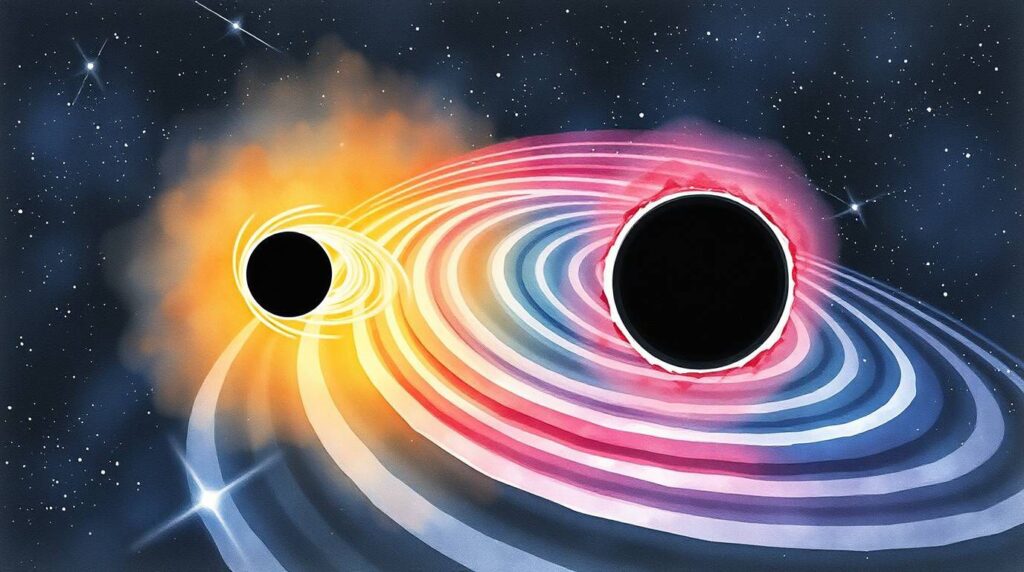
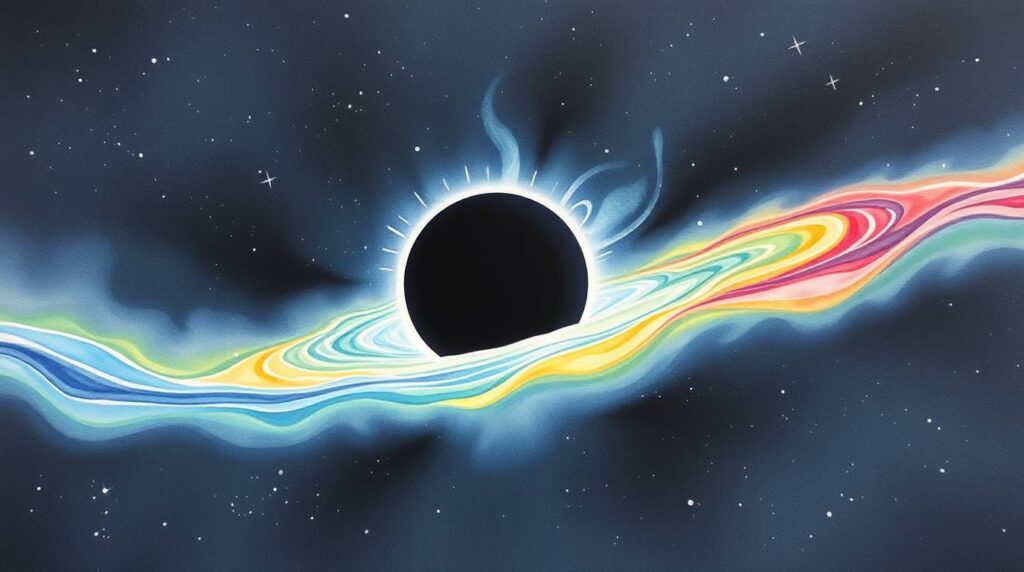
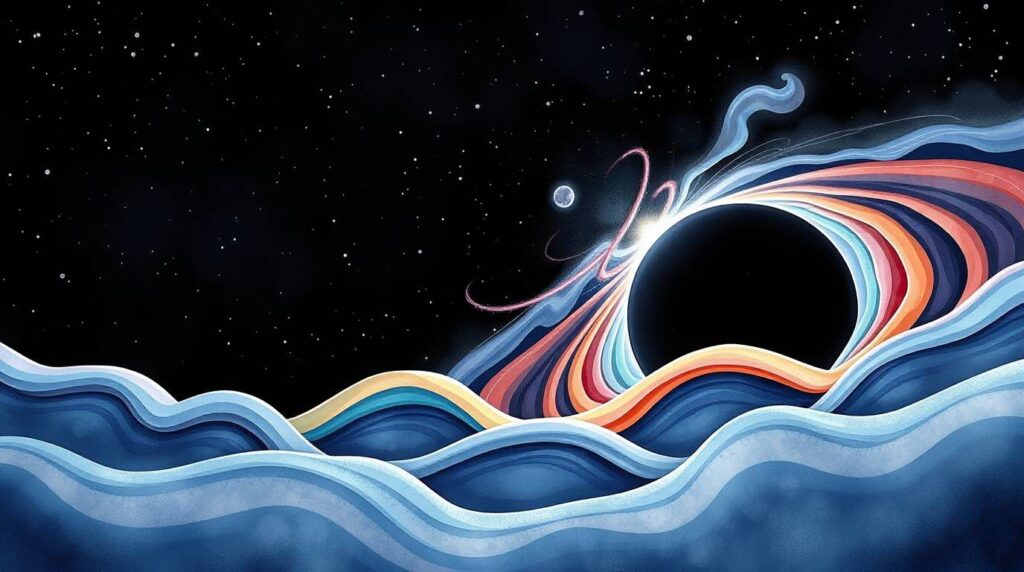
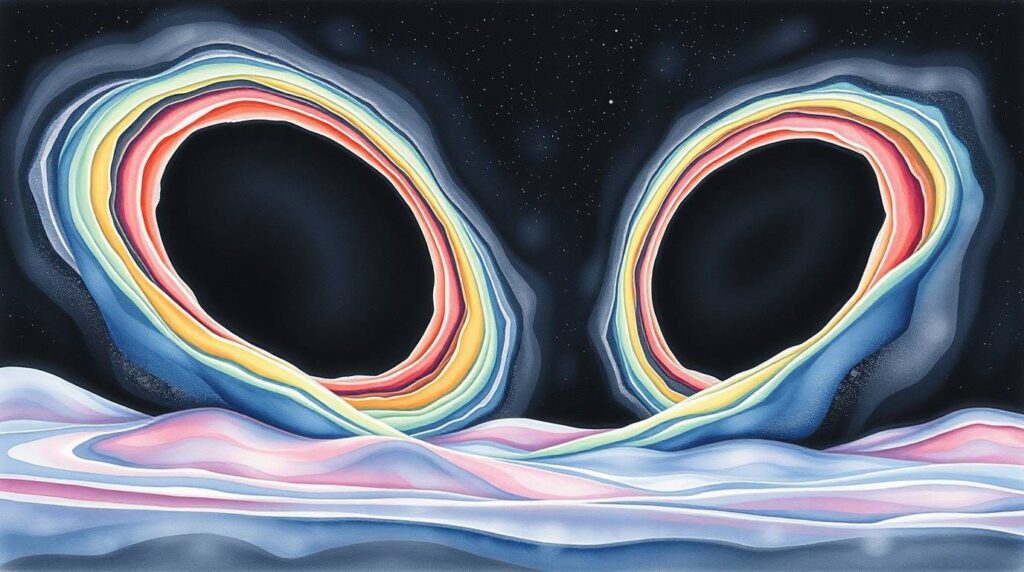
Real Talk: Easy + Relatable Breakdown
Alright, let’s ditch the heavy textbook vibe for a second.
Gravitational waves are like the universe’s way of sending us a “yo, something big just went down” text — but instead of texts, it’s ripples in the very fabric of space itself.
Picture space-time like a huge trampoline. Now, imagine two sumo wrestlers (let’s call them Black Hole Bob and Neutron Star Nancy) bouncing around on it. When they crash into each other, the trampoline doesn’t just shake where they hit — it sends waves across the whole surface.
That’s exactly what happens in space, but on a scale so massive it makes your brain hurt.
These waves travel across the entire universe. By the time they get here, they’re insanely tiny — like, if you stretched a ruler between Earth and the nearest star, the wave would change the length of the ruler by less than the size of an atom.
And still, we figured out how to detect them. Humans really said, “You know what? Let’s build a laser ruler that’s accurate down to the size of nothingness.” And they did — with LIGO.
Gravitational waves let us listen to the drama of the cosmos.
We’ve heard black holes smashing together, neutron stars spiraling into oblivion, and who knows what else is waiting out there, just humming through space.
It’s like eavesdropping on the most epic conversations in the universe… without leaving your backyard.
—
External Resource:
Want to dive deeper into gravitational waves?
Check the Wikipedia page:
Gravitational Wave
https://en.wikipedia.org/wiki/Gravitational_wave
—
Related Articles from EdgyThoughts.com:
How Does Space-Time Work 2025
https://edgythoughts.com/how-does-space-time-work-2025
Why Black Holes Fascinate Scientists 2025
https://edgythoughts.com/why-black-holes-fascinate-scientists-2025
—
Disclaimer:
This breakdown is written in a simplified, casual, and relatable way so students can understand the concept more easily. If your teacher asked for a textbook-style answer and you use this casual version, and your marks suffer — we’re not responsible. We’re just here to make learning less painful and way more fun.
—
Why Everyone Is Talking About AI Companions 2025
https://edgythoughts.com/why-everyone-is-talking-about-ai-companions-2025/
What if water became flammable overnight?
https://edgythoughts.com/what-if-water-became-flammable-overnight/
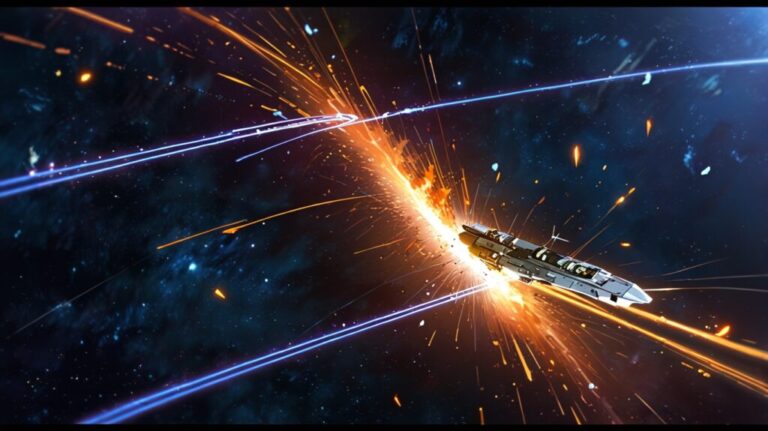





One Comment